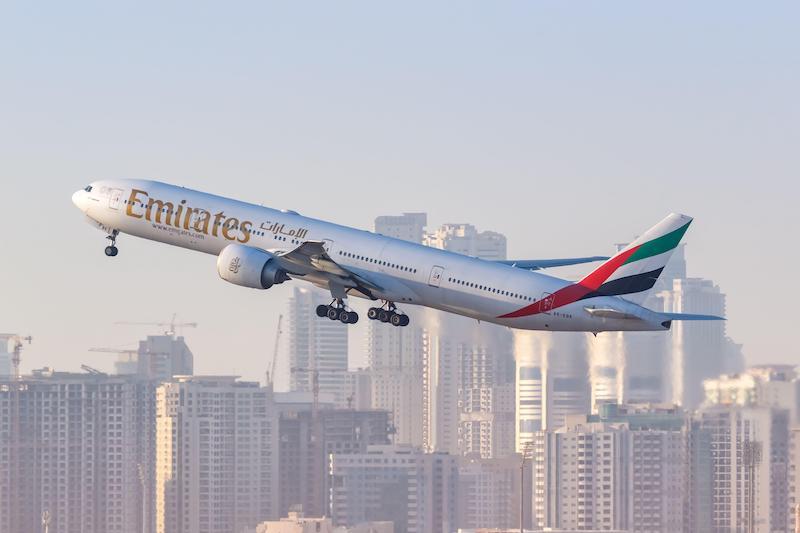
DUBAI—Bolstered by fresh orders from Emirates, flydubai and Royal Jordanian, the Middle East market continues to lead global demand for widebodies with the region’s airlines expected to add around 1,350 new twin-aisles over the next 20 years according to Boeing’s latest commercial outlook forecast.
Fueled by a strong rebound from the pandemic and ambitious growth plans by regional heavyweights, the Middle East sector will likely require some 3,025 new aircraft between now and 2042, of which 1,570—or 52%—will be single-aisle aircraft, according to Boeing's forecast. Although Boeing sees midsize narrowbody jet fleet capacity growing in the region, the higher value widebody market will likely continue to be the most fiercely contested.
Although Airbus continues to enjoy major successes in the Middle East with its widebody line-up, Boeing aircraft make up 66% of the current twin-aisle fleet and 70% of the orders.
“Many of the larger airlines in the region provide service between major population centers in Asia, Africa and Europe via growing hubs. As a result, a higher proportion of widebody aircraft are needed to carry larger passenger volumes,” says the manufacturer, whose forecast notes the Middle East has the highest share—49%—of short-haul widebodies, with only China coming close with 45%.
Two-thirds of new deliveries will support air traffic and cargo growth while one-third of deliveries will replace older aircraft with newer models. The total in-service fleet will meanwhile increase 2.4 times from the current 1,395 aircraft to 3,360, of which 1,610 (48%) will be single aisles and 1,520 (45%) will be widebodies.
The Middle East freighter market will also continue to be strong, says the forecast. Expected to largely pit the A350F against the 777XF, the region is forecast to see a requirement for up to 70 factory-built freighters over the next 20 years by which time the total active fleet is expected to be around 180 strong.
Although the region’s hub-based growth over past decades has largely driven widebody sales, the recent emergence of LCCs and short-haul networks in the Middle East is also creating a hotly contested single-aisle battleground. Boeing says the narrowbody fleet is forecast to more than double to around 1,660 aircraft by 2042, when nearly half of the region’s aircraft will be single-aisle jets.
